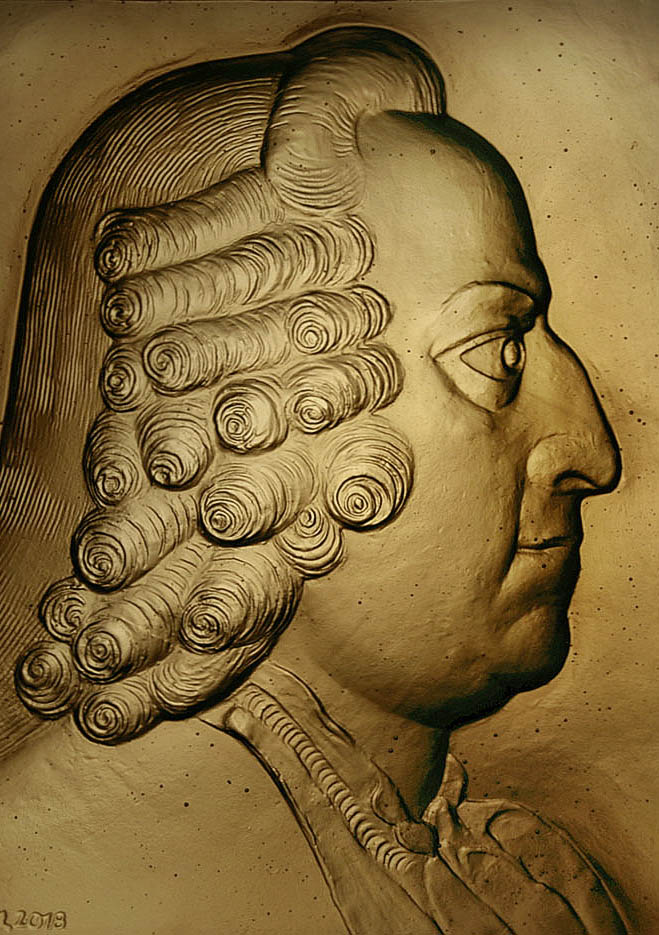The summer palace Portheimka, a baroque pearl of the Prague district of Smíchov, was constructed in the 1720’s by the architect Kilian Ignaz Dientzenhofer for himself and his family. In terms of its layout, it is a typical summer residence of high baroque built by wealthy aristocratic families. The multi-storey edifice finished by pavilions on its sides is adorned by stuccowork and baroque sculptures such as the pair of allegoric busts symbolizing Day and Night. On the first floor, a marble hall has been preserved, with its ceilings covered with an allegoric fresco by a good friend of the architect and the godfather of his children, Václav Vavřinec Reiner.
History of Portheimka
•••••

Towards the end of the 1750’s, the summer residence became the property of the Buquoy family who fashioned a rococo park in the original garden, completing the summer palace with side wings of which the southern one was taken down when building a nearby church. Later the residence was purchased by the industrialist Porges von Portheim family after whom the edifice is still named. In the garden, they established a factory to produce calico (special cotton fabric), pertaining to the most significant manufactures of its kind in the Austrian Empire. Under the Porges ownership, there were nights of chamber music held in the marble hall where the young Antonín Dvořák demonstrated his musical talent, among others. Portheimka remained in the family’s possession until the 1940’s when the edifice was nationalized. Later the building was included amongst protected historical sites and started to serve as a gallery.

Kilian Ignaz Dientzenhofer
The renowned baroque architect (1689-1751) was born to the family of the Prague constructor Christoph Dientzenhofer. After graduating from a grammar school, he spent several years travelling through the countries of the Austrian Empire, working i.a. with the Viennese architect Johann Lucas von Hildebrandt. Then he worked with his father for some time.
He is an author of many religious as well as secular buildings: the summer residences Portheimka and Amerika, Invalidovna in the district of Karlín, completion of the construction of the St. Nicholas Church in the Lesser Town or the project of the Church of St. John of Nepomuk on the Rock, one of the most beautiful buildings of baroque Prague. He also dedicated himself to the baroquization of older edifices. Besides the Czech capital, his works can be found in many other places, like the Church of St. Mary Magdalene in Karlovy Vary, for example.
